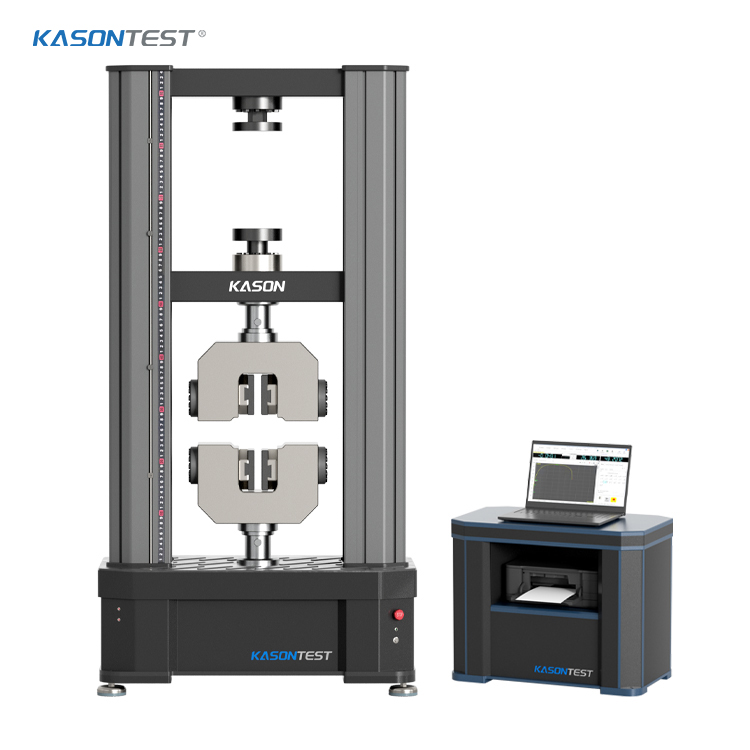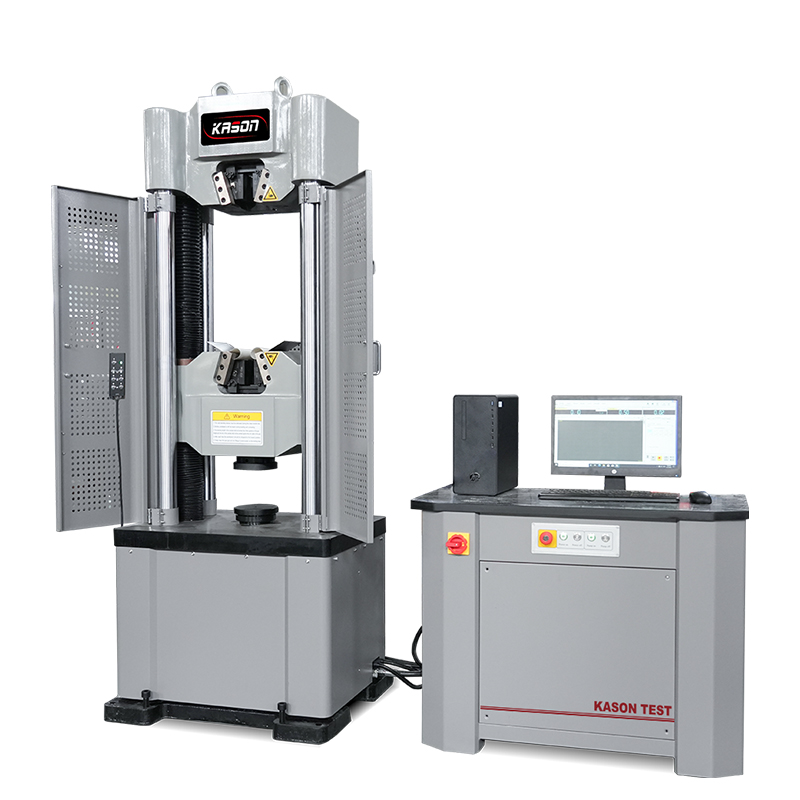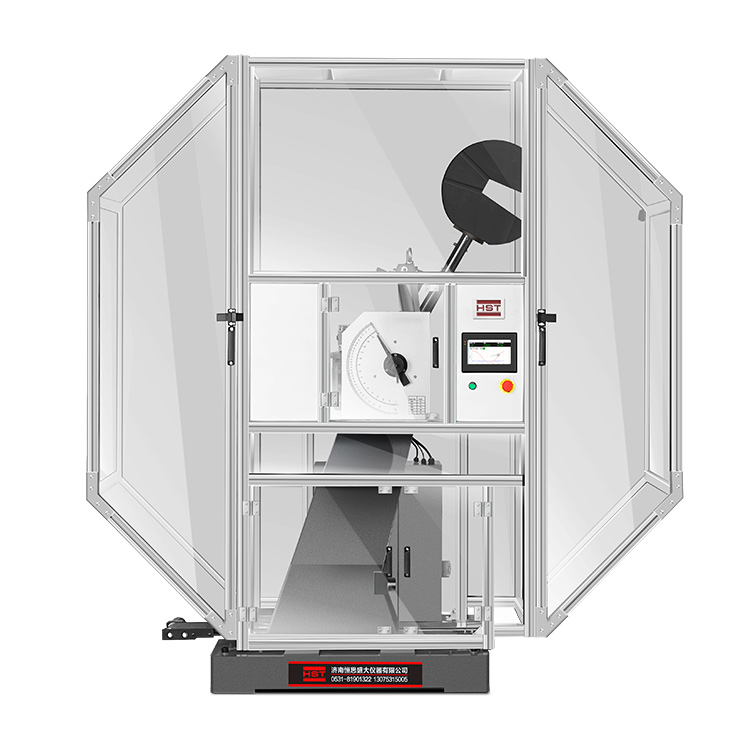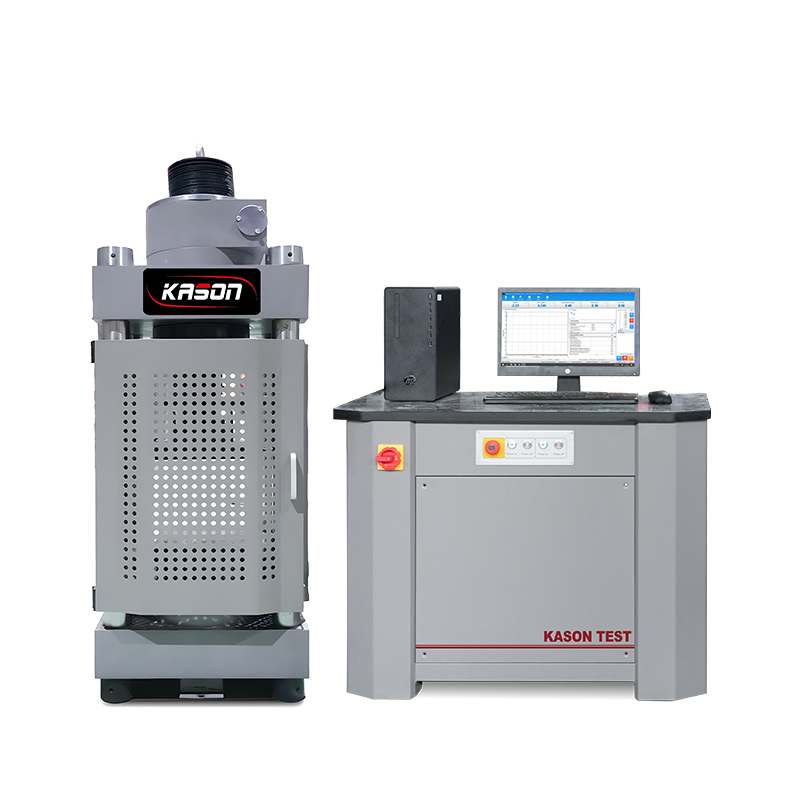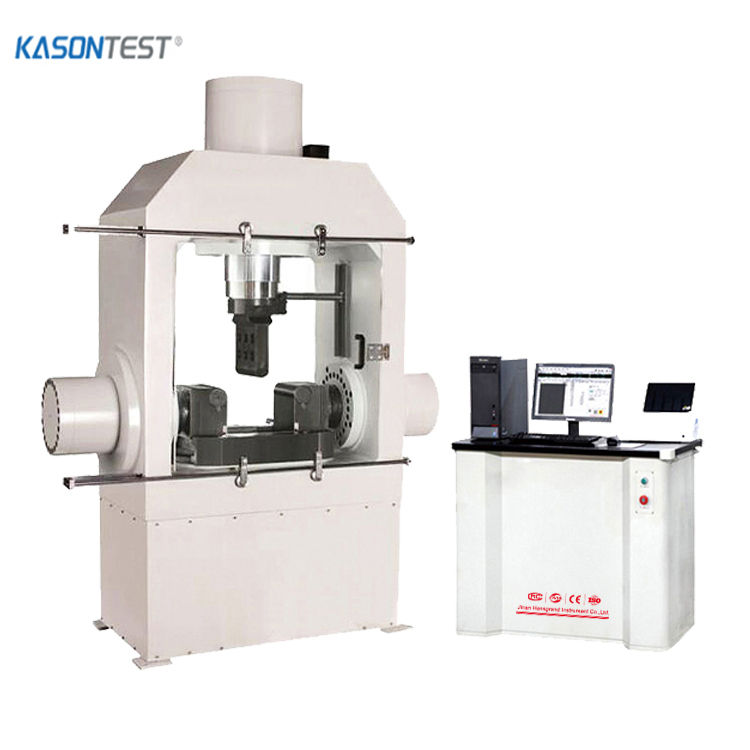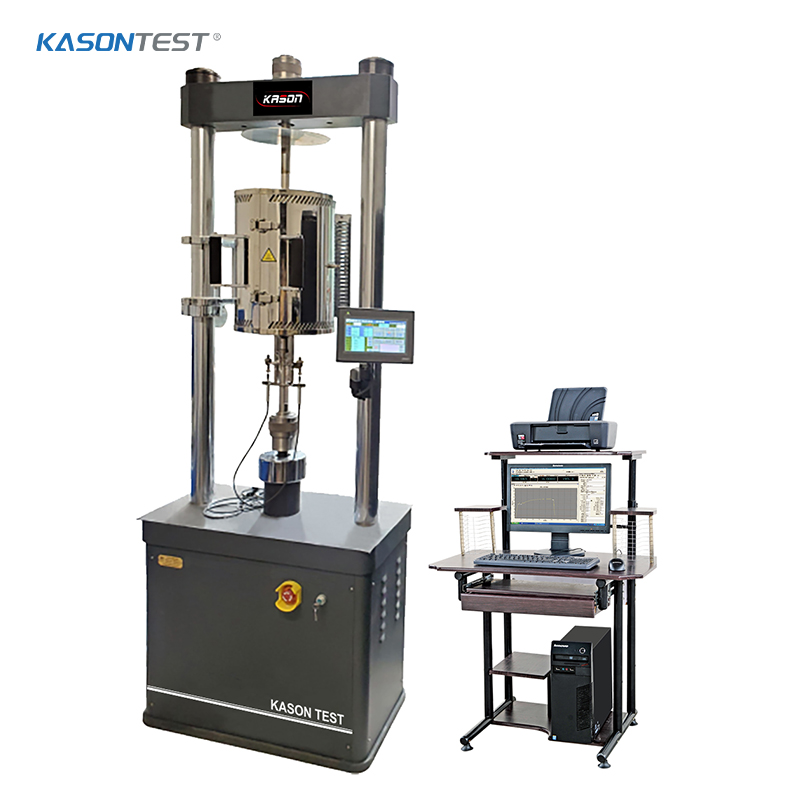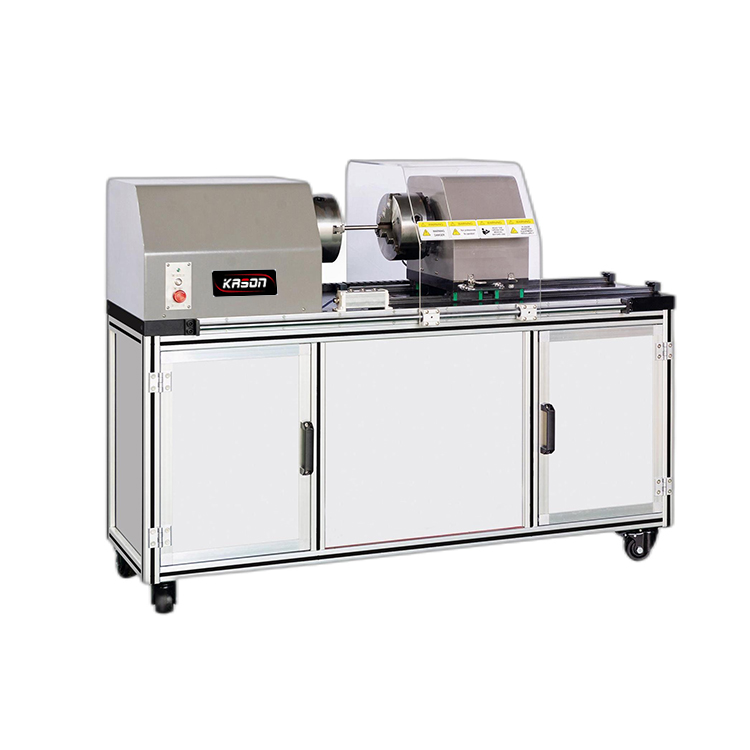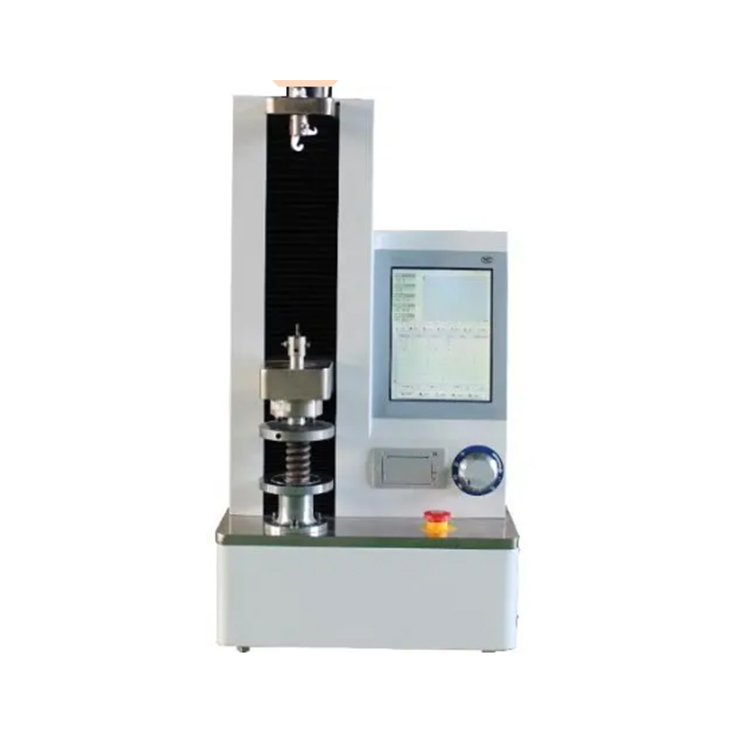Tensile Testing and Bend Testing Steel Reinforcing Bar to ASTM A370 or ISO 15630-1
There are several global standards that specify mechanical properties and/or testing requirements for steel reinforcing bar (rebar). Some of the most common include ASTM A370, ISO 15630-1, BS 4449, AS/NZS 4671, JIS G 3112, GB 1499, and ACI 318. These standards include testing requirement that are specific to determining rebar tensile and bend properties. Many of these rebar standards also make reference to the widely recognized metals tensile testing standards, such as ASTM E8, ISO 6892-1, EN 10002-1, AS 1391, JIS Z 2241, GB/T 228.1 for general tensile testing guidance.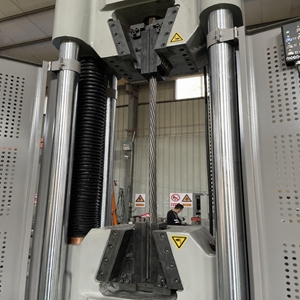
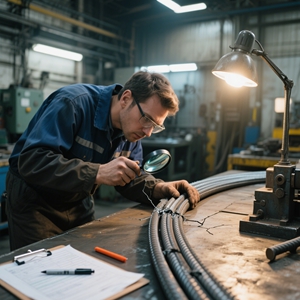
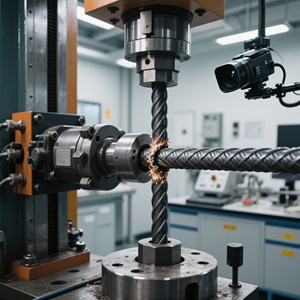
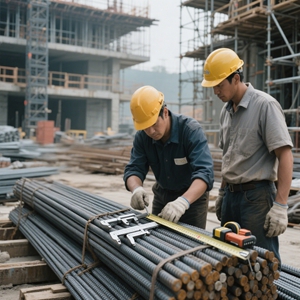
Typical results include Yield Point (ReH, Drop of Beam, Zero Slope), Proof Strength or Offset Yield Strength (Rp0.2, 0.2% Offset Yield), Tensile Strength (Rm), Elongation at Maximum Force (Ag, Agt) and Elongation after Fracture (A). The basic test and challenges are similar regardless of the specific standard being followed.
Please note that ASTM A370-16 no longer includes reinforcing bar testing details in Annex A9. These requirements have been moved to the relevant product standards: A615/A615M, A706/A706M, A996/A996M, and A1035/A1035M.
The challenges of testing rebar to these standards are:
Gripping
Strain and elongation measurement
Violent specimen fractures
Falling scale and debris
Automatic calculation of compliant results
Wide range of specimen sizes and load capacities
Bend testing
KASON's solution:
Gripping - High-capacity hydraulic wedge or side-acting grips with coarse tooth patterns provide proper clamping force to prevent slippage while also reducing the chance for grip-induced failures.Strain Measurement - Robust manual clip-on or automatic extensometers attach to the uneven surface with enough force to prevent slippage during testing when scale can fall from the specimen surface. The Automatic extensometer provides an adjustable gauge length and automatic clamping removal making it suitable for a wide range of diameters and gauge lengths while improving operator safety.
Violent specimen failures - High-capacity static hydraulic load frame models such as the 2000KPX and 3500KPX offer designs that withstand the intense specimen recoil while still offering precise test control. Hydraulic actuators and grips act as natural shock absorbers during specimen failure while other vital system components incorporate isolation mounts to guard against shock loads.
Scaling - The specimen scale that is produced during testing can deposit all over the test system. Since strain gauged load cells are used on all frame models to measure force directly, the machine hydraulics can be sealed against invasive debris. Grip covers provide additional shielding to mechanical grip components.
Automatic results - KASON testing software provides pre-built test methods with necessary calculation results ensuring standard compliance and repeatable test results. It also allows for automatic reporting of total elongation when using an extensometer.
Load capacity - Static hydraulic systems are available in a wide range of standard load capacities from 300 kN to 3500 kN. Load cells and KASON advanced control electronics provide force accuracies of +/- 0.5% from 0.2% to 100% of system capacity. This allows for large testing systems to test a wide range of rebar specimen sizes.
Bend testing - Most of the Industrial Series of static hydraulic testers can be configured for bend testing.

